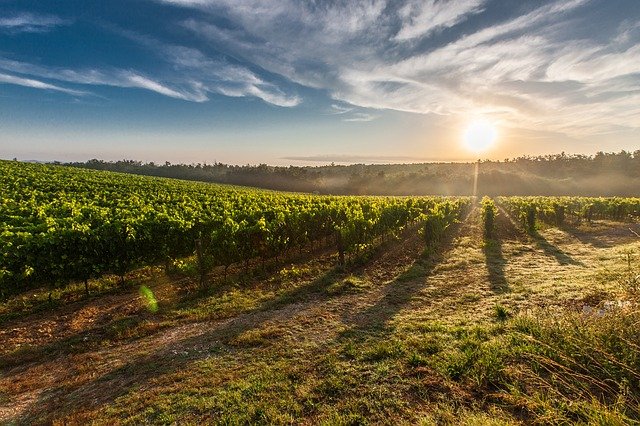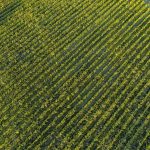The Australian Bureau of Agricultural and Resource Economics and Sciences’ (ABARES) latest Insights report examines the effects of recent and possible future changes in climate on the profitability of Australian farms.
ABARES Executive Director Dr Jared Greenville said the report provided a detailed picture of the adaptation challenge facing the agricultural sector.
“Seasonal conditions over the last 20 years have been pretty rough for Australian farmers,” Dr Greenville said.
“Lower average rainfall and higher average temperatures have had a negative impact on farm productivity and profit.
“These conditions have reduced farm profits by an average of 23 per cent, or $29,000 per farm per year, relative to conditions between 1950 to 2000.
“The good news is that farmers have made some remarkable progress in adapting to these hotter and drier conditions.
“After accounting for the impact of climate, productivity growth of around 28 per cent in broadacre farming has been achieved since 1989, and the cropping sector has seen a huge gain of 68 per cent.
“New technologies and practices mean that farmers are able to grow crops under lower rainfall conditions than they could in the past.”
ABARES’ latest study considers a range of climate scenarios for 2050 and simulates the potential effects on Australian farmers given current technology and prices. The results help to indicate which regions and sectors may be under more pressure to adapt to future climate change.
Results suggest that Western Australian cropping farmers may face more pressure than those in eastern Australia; that in-land or ‘marginal’ farming regions could be more exposed to climate impacts, and that livestock farms may face more pressure under severe climate scenarios due to higher temperatures.
Average farm profits are between 2 per cent and 50 per cent lower under these future scenarios compared with the historical climate.
“At present, there’s still a lot of variation in projected outcomes, due largely to uncertainty over future rainfall levels,” Dr Greenville said.
“Climate projections suggest that nationally farmers could experience reductions in average winter season rainfall from as little as 3 per cent to as much as 30 per cent by 2050 relative to pre-2000 levels.
“This uncertainty over future rainfall is itself an important constraint on farmer adaptation.
“While farmers have made significant progress to date, further adaptation will be required to maintain our competitiveness, particularly if other nations are not impacted to the same extent.
“Investments being made now in research, development, climate data and information will all be crucial in preparing the sector for the future.”
Are you a Daily Wine News subscriber? If not, click here to join our mailing list. It’s free!





















